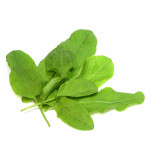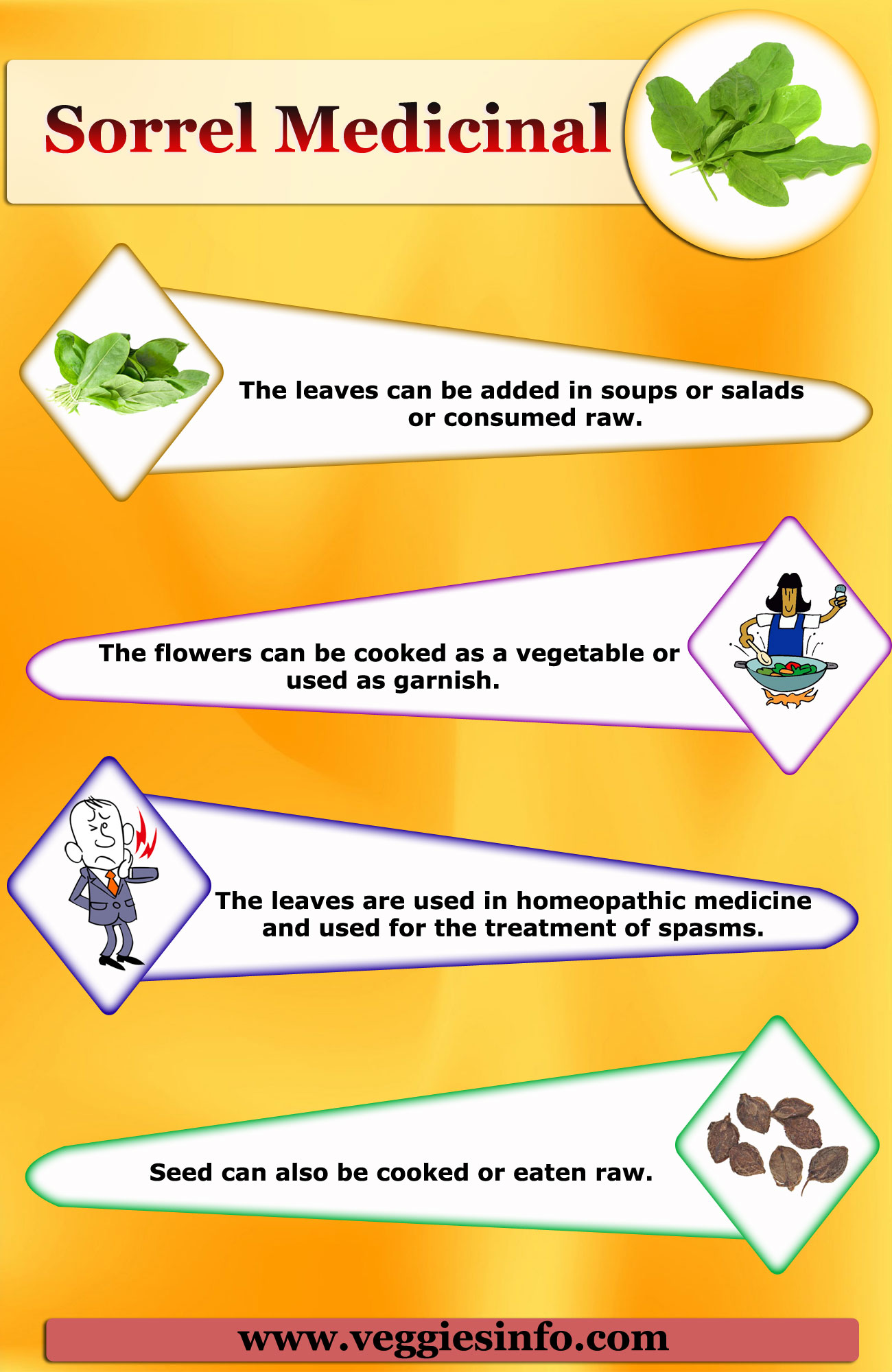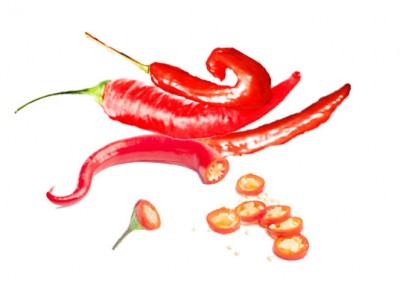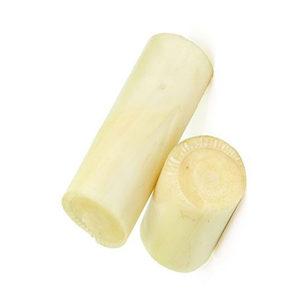
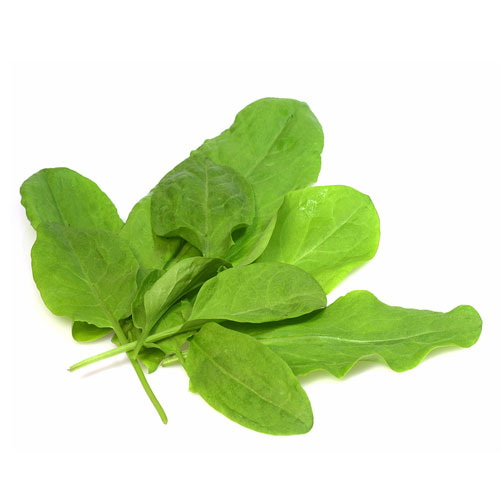
Sorrel Medicinal Values And Its Side Effects
Sorrel
Plants and trees are exemplary creatures which communicate and whispers many things wonderfully within their family members. They absorb water, sunlight, nutrients and other important ingredients from the nature and prepare food on their own. The leaves which are nothing but a food factory prepare food and distribute it to other parts of the plant beautifully. No one in this world teaches any lessons about the art of living but these divine species does everything meticulously without interruption. This topic will deal about the plant Sorrel is a perennial herb which belongs to the family polyganaceae and is cultivated as garden herb or leaf vegetable in many parts of the world. The botanical name of this plant is Rumex acetosa. The other common names of this plant are spinach dock, narrow-leaved dock, common sorrel , garden sorrel.
Properties
This plant is abundantly found in grassland habitats throughout Europe from the northern Mediterranean coast to the north of Scandinavia and in parts of Central Asia. It is also found in some parts of North America and native of British Isles.
These plants are also found in meadows, near streams and also open woodlands. Sorrel grows to a height of 0.6 m by 0.3 m. It is in leaf during the month of January and in flower from May to June. The flowers are dioecious and pollinated by wind. This plant grows normally in sandy and heavy clay soils but prefers moist soil.
Medicinal Uses
- The leaves can be added in soups or salads or consumed raw.
- Many people like lemon-like flavor and that is the reason this leaves are added as a flavor in salads.
- The flowers can be cooked as a vegetable or used as garnish.
- Root can be cooked or grounded into a powder.
- Seed can also be cooked or eaten raw.
- The leaves have many medicinal effects and are astringent, diuretic, laxative and refrigerant.
- The leaves are used in homeopathic medicine and used for the treatment of spasms.
| Principle | Nutrient Value | Percentage of RDA |
|---|---|---|
| Energy | 22 Kcal | 1% |
| Carbohydrates | 3.20 g | 2.50% |
| Protein | 2.00 g | 3.50% |
| Total Fat | 0.7 g | 3% |
| Cholesterol | 0 mg | 0% |
| Dietary Fiber | 2.9 g | 7.50% |
| Vitamins | ||
| Folates | 13 µg | 4% |
| Niacin | 0.500 mg | 3% |
| Pantothenic acid | 0.041 mg | 1% |
| Pyridoxine | 0.122 mg | 9% |
| Riboflavin | 0.100 mg | 8% |
| Thiamin | 0.040 mg | 3% |
| Vitamin A | 4000 IU | 133% |
| Vitamin C | 48 mg | 80% |
| Electrolytes | ||
| Sodium | 4 mg | <1% |
| Potassium | 390 mg | 8% |
| Minerals | ||
| Calcium | 44 mg | 4% |
| Copper | 0.131 mg | 14% |
| Iron | 2.40 mg | 30% |
| Magnesium | 103 mg | 26% |
| Manganese | 0.349 mg | 21% |
| Zinc | 0.20 mg | 2% |
| Phyto-nutrients | ||
| Kaempferol | 10.3 mg | — |
| Myrcetin | 5.7 mg | — |
| Quercetin | 86.2 µg | — |
Side Medicinal Uses
Way of cultivation
- Sorrel cultivation begins with the selection of a suitable variety for the intended use and climate. Many varieties are available, including green-leaved French sorrel, red-veined sorrel, and broad-leaved sorrel.
- Preparing the soil involves removing any weeds and incorporating ample amounts of organic matter to ensure good drainage. Once the soil is prepared, the plants can be planted either from seed or transplants.
- For best results, the soil should be kept moist and weeds should be removed regularly. In addition, the plants should be fertilized every two to four weeks, depending on the variety and the time of year.
- During the growing season, the plants should be harvested regularly, as the leaves have a tendency to become bitter if left on the plant too long.
- At the end of the growing season, the plants should be cut back and all dead or diseased foliage should be removed. The leaves can then be dried and stored for later use.
Side Effects
The leaves should not be eaten in large numbers since it has oxalic acid in it.The people or patients suffering from rheumatoid problems, kidney stones, arthritis, gall bladder problem, gout or hyperacidity should consume in minimal quantities or should totally avoid this vegetable since it will aggravate the diseases.

